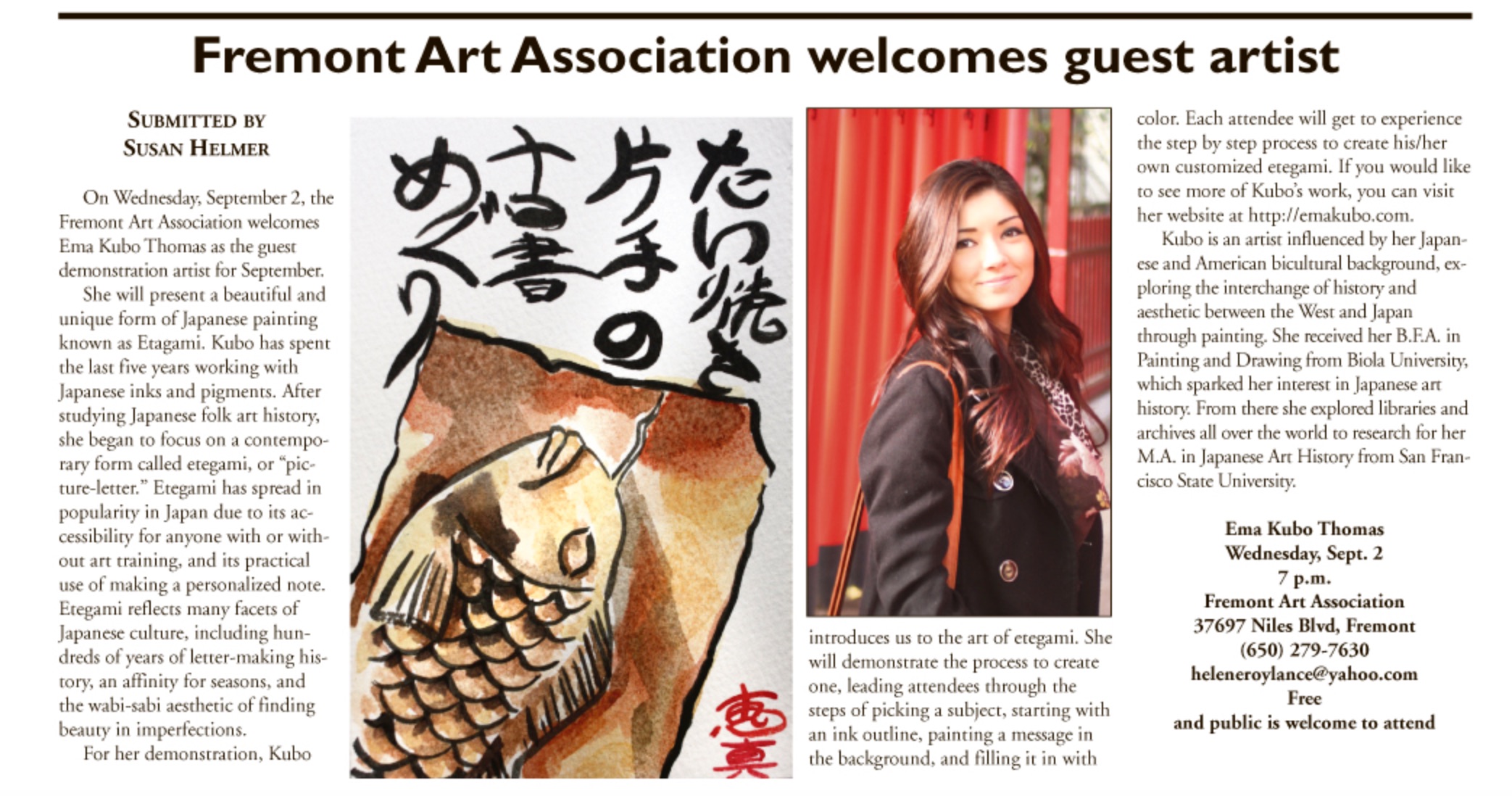Why do we eat Stollen at Christmas? All I can say is tradition...because my mom makes it every year...? There must be some background.
First, what is Stollen? Stollen, or Christstollen, is a German formed bread-like fruit cake. It's filled with dried fruits, nuts, and spices covered in powdered sugar.
Now time travel six centuries ago to Europe! Stollen started (or was recorded) as far back as 14th century Germany. The shape of Stollen-- this fold-over dough with a white top layer-- is symbolic of baby Jesus wrapped in swaddling cloths. It started as a fasting cake made during Advent when people couldn't use butter, milk, or fruits (due to fasting rules) so it started as a very plain bread. After special appeal to the papacy in the 15th century, butter and milk were added, and the cake started looking more like it does today. Winter merriment started in Germany around the Winter Solstice before Christianity spread there, and the ingredients like rare spices and fruits were a treat for these special festivities, naturally also used in Christstollen.
"A must for breakfast."
All I knew of Stollen was that it was from Germany and my mom made a healthier version for my dad every year. She's an amazing baker, making more breads than I knew existed. She makes Japanese breads, Chinese special starter breads, naturally fermented starters for rustic breads, brick oven-baked bread... I could fill a book describing them all. When I attempt yeasted breads I anxiously stare at my yeast dissolving, hoping it will activate and bubble instead of get scorched-- meanwhile my master baker mom makes her starter from scratch without any granulated shortcuts. There's no comparison to the flavor and texture of her bread- no matter what I bake it's mediocre because I've gotten used to hers.
The etegami Christmas series wouldn't be complete without Christmas bread because our Christmas day wouldn't be the same without the sweet feast.
This year I attempted baking 3 of the 10+ breads: 2 yeasted: Polish Poppyseed Walnut Bread, Swedish Marzipan Filled Coffee Bread, & 1 quick bread: Cranberry Orange Bread. I still have a long way to go but I hope to carry on the tradition.





















